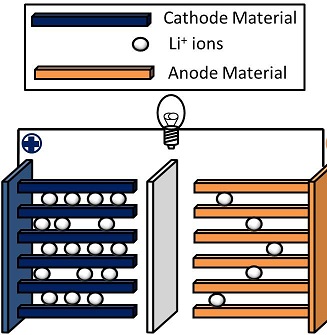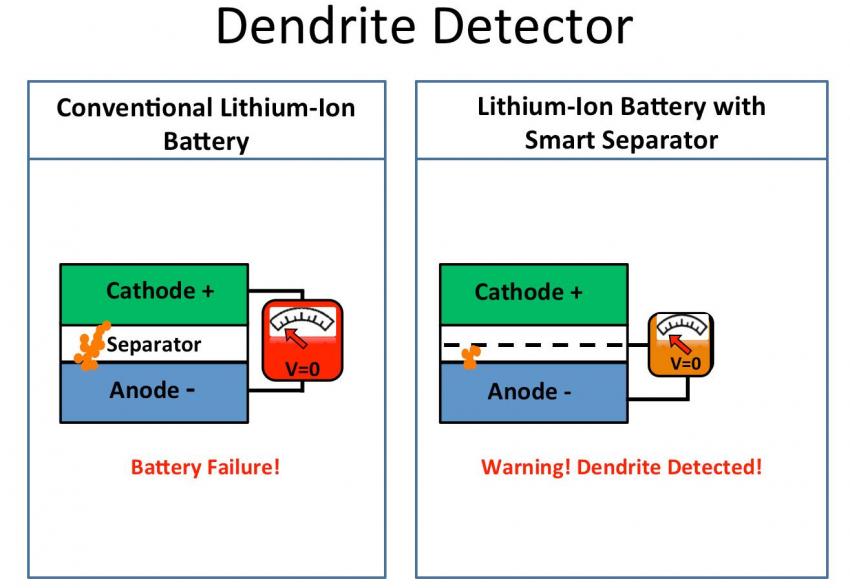Lithium-ion batteries are wonderful things, but they’re unfortunately given to short circuiting and bursting into flames every now and then. It’s extraordinarily rare, but it happens. A Stanford research team thinks it has solved this little big problem by building an early warning system into an existing battery. They say it could save lives, which makes sense, because fire.
First of all, for the battery noobs among us: The first lithium ion battery for consumers was released by Sony in 1991, though scientists had worked on the type for decades. Inside each battery are three basic parts: A positive lithium electrode (or cathode), a carbon negative electrode (or anode), and a thing separation between the two. This separation is what lets lithium ions pass back and forth in the process of charging and discharging.

But that separator is the problem. If something goes wrong and the electrodes are allowed to touch, explosions result. Although it definitely doesn’t happen often, it doesn’t have to for it to be a big problem. It grounded Boeing’s 787 Dreamliners. It’s incited dozens of product recalls, from HP laptops to smartphones.
In a paper published today in Nature Communications, four Stanford researchers named Hui Wu, Denys Zhuo, Desheng Kong and Yi Cui detailed how they invented a simple solution to the exploding battery conundrum. It’s all about detecting leaks in that separator between the electrodes. The team created a super-thin layer of copper and inserted it between the anode and cathode. If one leaks into the other, the copper will detect it — and the battery’s voltage will fall to zero.
Here’s what Denys Zhuo had to say about the project in a Stanford news report:

You might get a message on your phone telling you that the voltage has dropped to zero, so the battery needs to be replaced. That would give you plenty of lead-time. But when you see smoke or a fire, you have to shut down immediately. You might not have time to escape. If you wanted to error on the side of being safer, you could put the copper layer closer to the anode. That would let you know even sooner when a battery is likely to fail.
It might seem like a small change, especially considering the one-or-two-in-a-million chances of your phone exploding in your pocket. But seen in light of the impending influx of even more li-ion battery-powered devices in our lives, it’s more important than ever.
After all, if we’re really to believe that everything from our yoga mats to our workout pants to our glasses to our cars will be connected, making sure that the batteries inside those devices don’t explode against our skin begins to sound like a pretty important innovation. [Nature Communications; Stanford News]
Picture: Janaka Dharmasena
